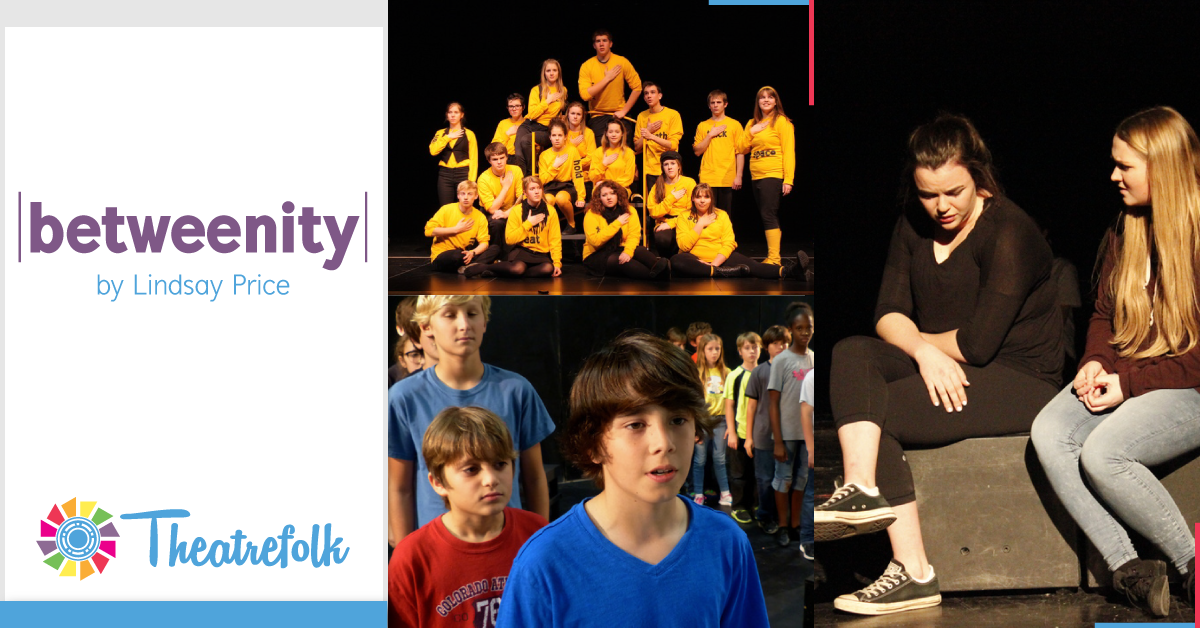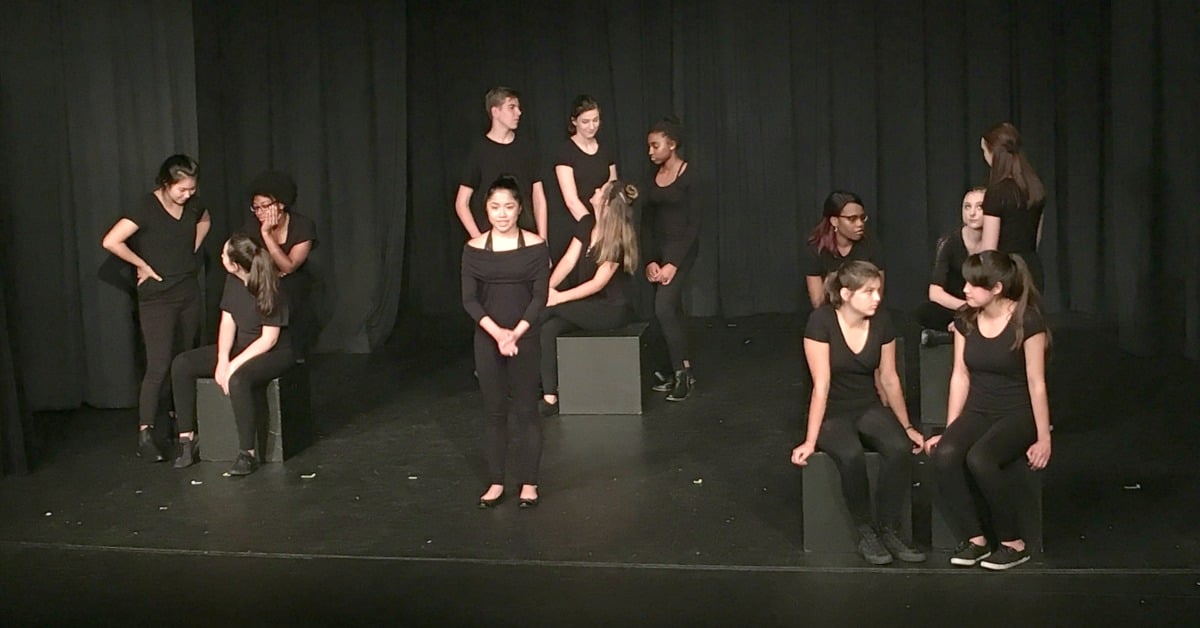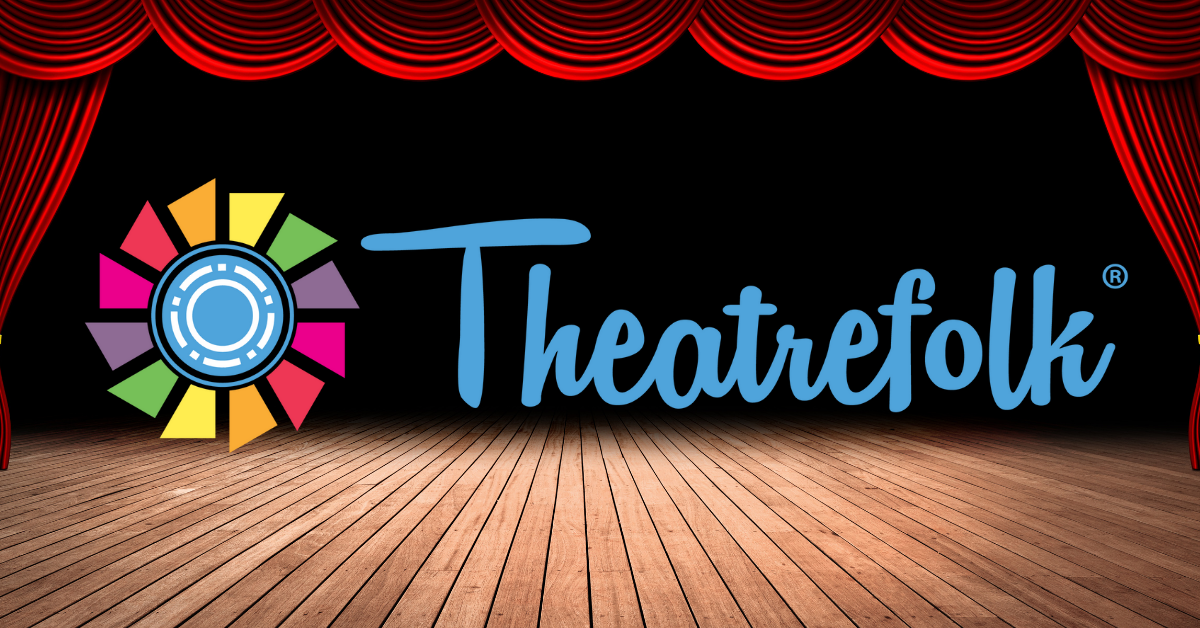Theatrefolk Featured Play: betweenity by Lindsay Price
Welcome to our Featured Play Spotlight. Today we look at betweenity, a vignette play that explores the beats, pauses, and never-ending silences in conversation. The girl who tries to tell her best friend she wants to date him. The boy who creates the wrong kind of pause. The sister who is dealing with the silent treatment. The guy who wants to confess but can’t open his mouth. The daughter who doesn’t want to talk because talking makes her remember.
We’ve all been there. The awkward pause. The silence where you just can’t think of something to say. The space in-between words where nothing is said and yet so much is spoken. The state of being between. This is an excellent class project play with parts for everyone at all levels with a great technique exploration. How do you act in a pause?
Why did we publish this play?
Okay I have to take my writer hat off now and put on my publisher hat. Goodbye writer Lindsay, hello Publisher Lindsay! Vignette plays are a staple here at Theatrefolk. It’s one of the reasons Writer-Lindsay writes them. :) They work well with classes and with beginner groups – the small scenes are excellent primer grounds for moving toward one-acts and full lengths. With betweenity there is a little bit more work involved than just short scenes – there’s learning the skill of acting in the pause. Students are not just putting together something fun, they’re exploring a communication skill. What is communicated when there isn’t any dialogue? It’s an added bonus.
Let’s hear from the author!
1. Why did you write this play?
Before writing the play I had been working with a group of students who were having difficulty with pauses. They didn’t want to take them. They didn’t want silence on stage. That issue was eventually solved, but the thought never left me. What if I wrote scenes where the pause (or the beat or the long, long silence) was the focus? That started the ball rolling and betweenity is the result.
2. Describe the theme in one or two sentences.
It’s not what’s being said that’s important sometimes. It’s the space in-between.
3. What’s the most important visual for you in this play?
The opening. It’s done almost in silence, so it’s all visuals. Most of the actors have to stand, look at the audience, and wait. It’s unnerving, but it sets up the whole play.
4. If you could give one piece of advice for those producing the play, what would it be?
Love the pauses! Practice the pauses. Figure out the timing of the pauses. Get comfortable with silence, even when the audience is uncomfortable. I would also say, to keep in character during the pauses. It’s not the actor who has stopped talking but the character. What does that mean? What are they thinking in the silence? Have your actors come up with own their inner monologue, especially with the longer pauses. The acting doesn’t stop when the lines do.
5. Why is this play great for student performers?
Learning how to act in a pause is a fabulous exercise. But on top of that, this is an ensemble piece with a lot of immediate character work. Because it’s a vignette play characters have to come to life immediately within their short scene. Another fabulous exercise for students.



